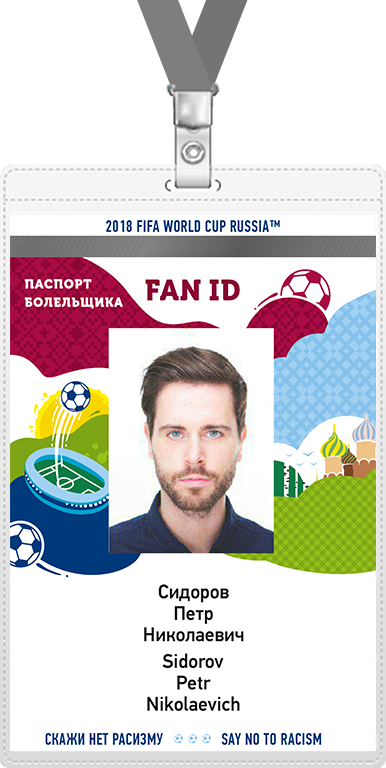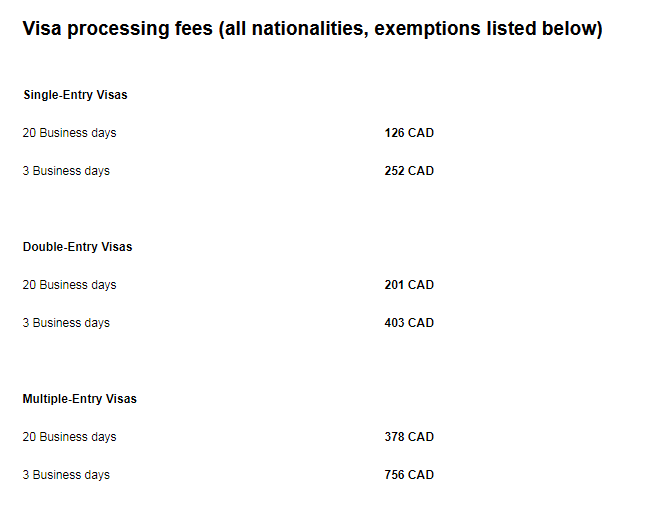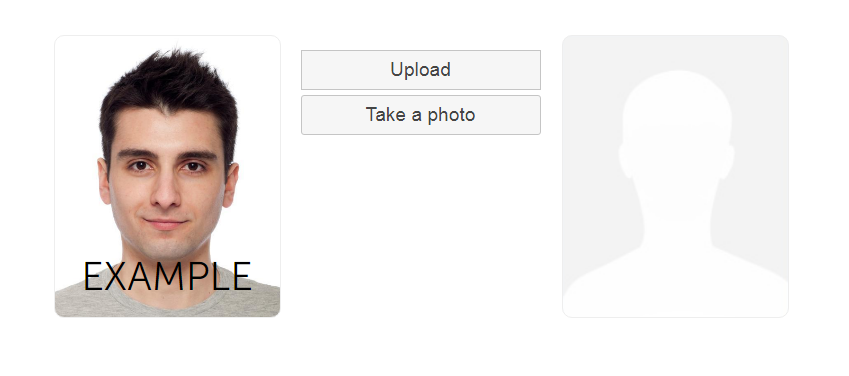There’s only a few months to go until the 2018 FIFA World Cup kicks off at Moscow’s Luzhniki Stadium. For those of us who are planning to attend, now’s the time to be finalizing our travel plans, since flights and hotel rooms are getting snapped up quickly.
If you haven’t gotten your match tickets yet, the final scramble lies ahead, with the final Random Selection phase concluding at the end of January. Then it’s the final First Come First Served phase, spanning March and April, and the Last Minute Sales phase commencing in late April. Check the FIFA website for more information on ticketing.

If you already know which matches you’ll be attending, you’ll want to keep in mind the crucial final step: getting a Fan ID!

What Is a Fan ID?
As far as I know, this year’s World Cup in Russia is the first time that a mandatory mass spectator ID system has been put into place. Your Fan ID will be used for access to stadiums, free travel between host cities, and most importantly of all, visa-free entry to the Russian Federation for the duration of the World Cup.
The organizing committee has set up a website dedicated to the Fan ID, which explains how you can apply for the document and what benefits you are entitled to as a Fan ID holder. Leaving aside the visa-free travel for a moment, the amount of amenities that Russia seems to be providing for matchgoers is pretty impressive.
Russia will be running additional trains between the host cities during the World Cup, and Fan ID holders will enjoy free travel on these services. Furthermore, they can also enjoy free public transport on matchdays, as determined by the local authorities. That’s way above and beyond what Brazil 2014 had to offer, and I’ll definitely be looking to make full use of it.
Visa-Free Travel: Is the Fan ID a Backdoor Russian Visa?
Now let’s talk about what’s on everybody’s minds. According to the Fan ID official website:
Foreign citizens arriving in the Russian Federation as 2018 FIFA World Cup™ spectators can use their FAN IDs for multiple visa-free entry into and exit from the Russian Federation upon presentation of valid identification documents that are recognized as such by the Russian Federation.
A FAN ID is valid during the period starting 10 days prior to the date of the first match of the 2018 FIFA World Cup™ and ending 10 days after the date of the last match of the 2018 FIFA World Cup™.
This means that the period of visa-free entry for Fan ID holders begins on June 4, 2018 and ends on July 15, 2018. So basically your Fan ID acts as a multiple entry visa with a validity period of about 1.5 months.
Now here’s where you might want to listen up, even if you don’t particularly care about the World Cup or soccer at all! For Canadians, getting a Russian visa can be a long and laborious process, usually taking up to 25-30 business days. In addition, Russian visas are expensive. According to the website of the Russian embassy in Canada, a single-entry visa costs $126, while a multiple entry visa – the equivalent of what the Fan ID gets you – costs $378!

Conversely, a FIFA World Cup match ticket costs as low as US$105! And just by buying one ticket, you are entitled to get a Fan ID for free. Therefore, if you’re interested in visiting Russia, the World Cup and the Fan ID system gives you a unique opportunity to take a trip very conveniently, without the usual hassles associated with getting Russian visas.
As far as I can tell, there is nothing that says you have to remain in the host cities either. In all likelihood, you could probably get a match ticket and a Fan ID, and then use it to travel the entire length of the Trans-Siberian Railway all the way to Vladivostok on the Pacific coast.
Of course, do bear in mind that you’d be competing for tickets with genuine soccer fans who might be vying for a spot at the stadium to support their team. Also, World Cup tickets sell out extremely quickly in the First Come First Served stage, so you’ll need a quick trigger finger when the ticketing window opens up.
How to Obtain Your Fan ID
Once you’ve received confirmation from FIFA for your ticket purchase, you have everything you need to register for your Fan ID. Simply head to the Fan ID website and click the Registration button.
First you’ll be asked for your Ticket Request ID, which you can find on the FIFA ticketing website under My Requests. Then, you’ll be asked to submit a photo of yourself against a white background. The good thing is that the photograph doesn’t have to be “official” in any way – a simple smartphone selfie will do.
However, do keep in mind that you’ll be carrying your Fan ID around with you throughout your time in Russia, so you may want to err on the side of looking presentable.

Then you’ll be asked for your passport details and contact information, as well as how you’d like to receive your Fan ID. For Canadians, the best option is registered mail. You’ll be asked to enter your mailing address and postal code.
If you’re based in other countries, you might be able to pick up your Fan ID at a VFS Global application centre, or if you’re based in Russia at a Fan ID distribution centre in the host cities.
Once you’ve reviewed the confirmation page and pressed Submit, you should be notified shortly by email and text message whether your Fan ID submission has been approved. Then, it’s a matter of patiently waiting for the package to arrive. A few weeks after submitting your application, you should receive a tracking number via text message, so you can track your package on pochta.ru (the Russian postal service).
My Fan ID arrived in the mail about a month after I submitted the application, by way of the Russian and French postal services. Don’t leave this to the last minute!

Conclusion
As far as I know, Russia 2018’s Fan ID is the first time a mandatory spectator ID system has been implemented at a major sporting event like this, and it’ll be interesting to see how it works out. In particular, it definitely seems to make for a cheap, if a little exploitative, opportunity to visit Russia without dealing with the usual visa hassles.
If you want to take advantage, like I mentioned, buying World Cup match tickets is the relatively tougher task at this point. Once you’ve gotten your hands on a set of tickets, registering for the Fan ID is a simple task.




















Hello ! I hope you haven’t forgotten that until 31st December 2018, you can visit Russia without needing to get a visa, just using your FAN ID. Visit one of the world’s most sparkling sight, enjoy the beautiful natural landscape! More information on fan-id.ru
Yep, that was a great development for Fan ID holders! Unfortunately I can’t make it back to Russia before the end of the year, so they should totally extend it into 2019 as well 🙂
How long does it take for you to get the physical tickets? Or will it be deliver at the same time with the Fan Id? Thank you
I believe you can pick up the physical tickets at pickup centres in Russia.
can i have my Fan Id at the last minute sales phase ?
Yes- you can apply for it as soon as you secure tickets.
Question: im trying to submit my fan id , but the system dont recognize the Canadian postal code, in which style did you submit :
A5B1A2 or A5B 1A2 i tried both unsuccessfully
Hmm. I believe I did it the normal way (A1B 2C3) and didn’t have an issue. Try using different browsers?
First sentence of second paragraph, might wanna give it another look…
Cheers Steve. Damn prepositions!